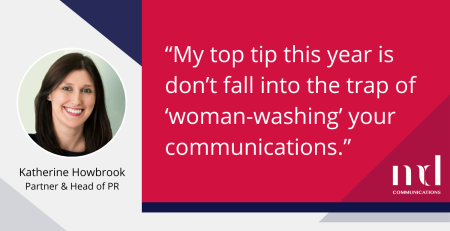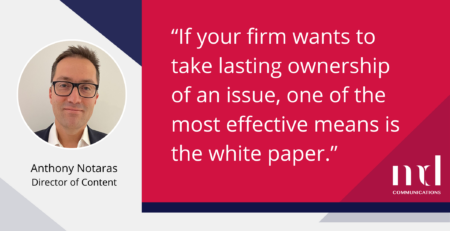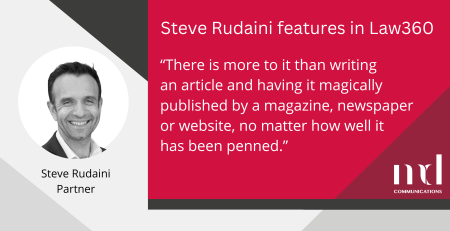The Duchess of Cambridge is one of the most photographed women in the world and both her pregnancies have attracted a mind boggling amount of press and public attention, from her maternity outfits through to the design of the royal nursery for the brand new royal baby. However, whereas the first time around Kate could apparently do no wrong, it was very apparent that there was significantly more negative sentiment on social media surrounding the Duchess in 2015 – specifically her’ miraculous’ return to her polished self just hours after giving birth to Princess Charlotte.
Of course, most women are not visited on the post natal ward by a crack team of stylists, (far more likely to be your mother-in-law telling you how tired you look) but then, most women don’t step out of the hospital and face the world’s press either. So none of us, mums or otherwise, could really fathom the pressure she was under to look perfect. So where did the negative sentiment come from? As someone who has become an iconic female and a very prominent media presence, isn’t being perfect what’s required of her?
Kate, with her flowing locks, carefully chosen dress and tasteful makeup, was, it seems, just too perfect for people to tolerate. No-one really expects anyone who has just gone through the rigors of labour and then childbirth to look immediately ready to attend a garden party – even the most high profile celebrities leave hospital in their civvies.
When Kate appeared after her first delivery, she had a visible tummy and a slightly tired bewildered look about her – one familiar to most new parents – ok, so she wasn’t wearing a baggy tracksuit with her hair scraped into a bun, but she did look more how you would expect someone to look who has recently had a small human expelled from their body. This time, she stepped off the cover of a society magazine, and it just didn’t feel real.
If there’s any lesson to be learned here it’s that there’s always room for imperfection when you’re dealing with a public image. Although those imperfections may not appeal to the person who has them, they are often what allow people to identify with that person. This translates for organisations too – demonstrating a human side can be incredibly compelling and can reduce the distance that many clients or customers feel, allowing for much more honest interactions and generating the kind of loyalty that tends to last.
People want to see that you’re real and they want something to identify with – there are, I suspect, few women who could identify with that calm, serene and perfect princess as just having gone through the trauma of childbirth, for example.
So, when you’re considering your own reputation, remember that polished and perfect isn’t always the best choice. Make sure you leave a little room to demonstrate a human side and give people something that they can identify with – let the metaphorical grey hairs show every now and again – and you could find yourself with a much more solid base of fans, clients or customers as a result.











